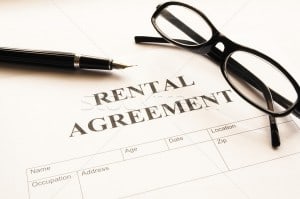Austin Tenant Representation
Austin Tenant Representation
Why go with being “Represented”?
Let’s say you are a startup or moving to Austin Texas and need to find office space? Most tenant’s have a strict budget for office space expenditures. As a new business in the Austin area , let’s say you need the following or want the following attributes as well.
- Downtown Austin
- Parking for alot of employees
- Modern finish out and look for image purposes
Understanding tenant representation
What happens when a tenant has expectations of a budget for a specific area? Is it realistic , who would know they answer to that? Let’s say the Austin tenant representation provided you strong alternatives to a downtown location that would your expectations. Unfortunately, a tenant who have
a fixed perception and is not flexible beyond their strict and unrealistic parameters and focused only on what they perceive versus what is truly available. What can happen during a lease negotiation where the tenant is strict is the landlord may get another offer that is more beneficial to them and cut the negotiations off only to keep the tenant in limbo trying to find another office space that is suitable- which may not exist.
During professional and responsible Austin Tenant Representation you may be urged to review other options, What if there is an office space with the upgrades, restaurants, retail, entertainment, that is close to your initial downtown location? A tenant rep if they are good will help you be on budget, get the parking you need and the image you want, keep in mind a professional works with you as a team, they are not a go through person to just comply with bad assumptions. With the help of tenant representation, and handle on the market you can find alternatives. Unfortunately, alot of tenants hit the wall with this scenario
Negotiations with Tenant Representation
Commercial real estate leases will contain provisions to regarding the terms of your lease – with tenant representation that is professional, you will receive throughout the contract process expertise that you cannot buy. Examples of some of the interactive negotiations that take place are as follows:
- Termination clauses – can be done or can’t be done
- TI negotiations
- Ways to provide security deposits
- Caps on expenses
It comes down to , do you know what to ask for and “How to get it done”? If you don’t have the contacts and the market experience and knowledge the question is , why find this out on your own time?






